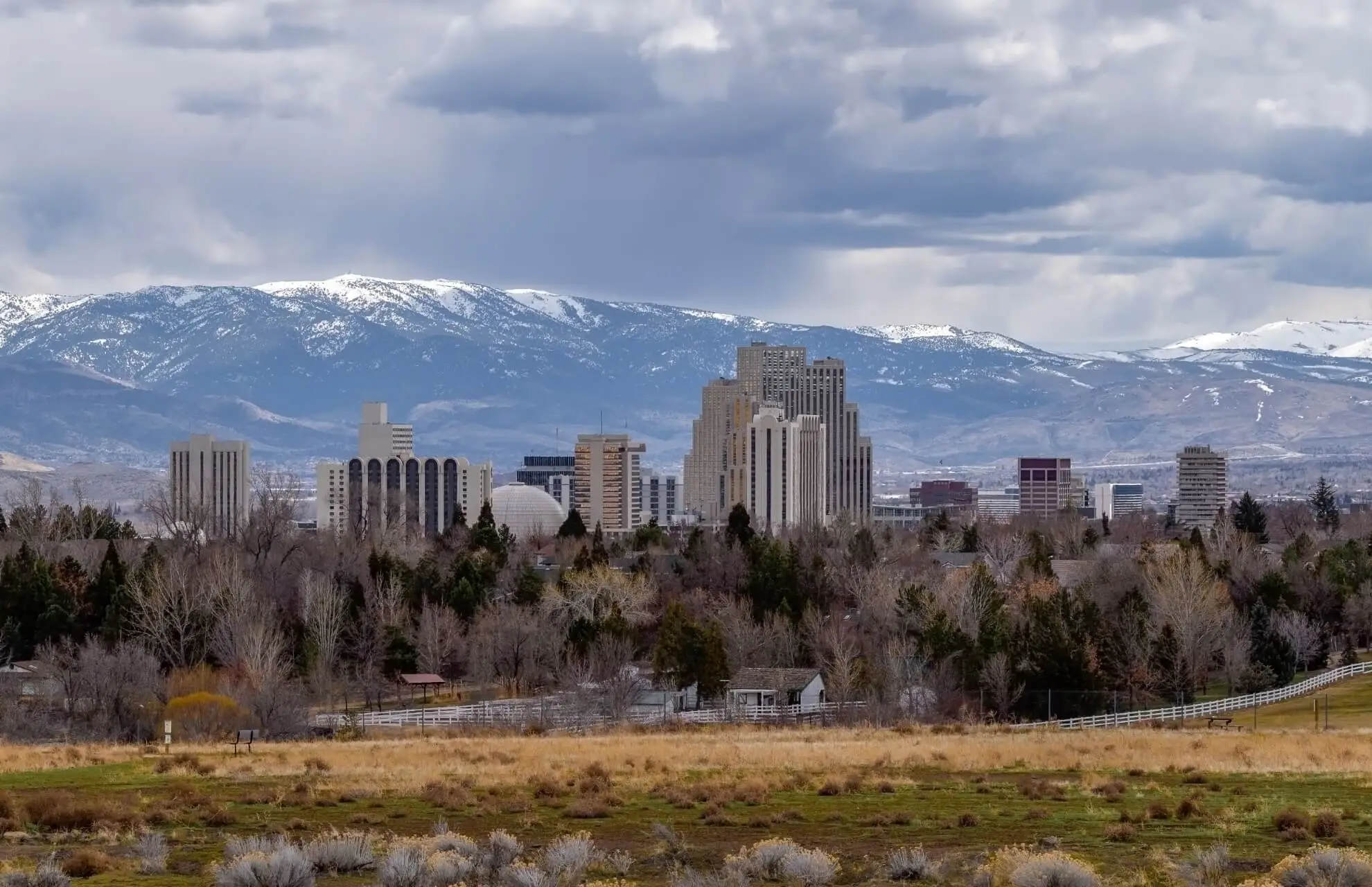



Older infrastructure and density correlate with higher property crime rates than city averages.

Encompassing the historic core between the Truckee River and Plumb Lane, this sector features dense mixed-use development, entertainment districts, and diverse residential neighborhoods with significant variations in property conditions and land use intensity¹.
Approximately 28,500 residents across 3.1 square miles, with median household income of $61,000 (11% below city median). Renter-occupied units dominate at 68%, concentrated in multi-family structures².
Notable mix includes pre-1940s bungalows (35%), mid-rise apartments (45%), and converted commercial lofts (20%). Lot coverage averages 85% in core blocks, limiting defensible space³.
Entertainment districts (Midtown, Riverwalk) generate 48% of reported assaults and 62% of vehicle break-ins between 10PM-4AM, with incident density 3.1x higher than residential-only blocks⁴.
Residential burglary rates peak in alley-accessed properties lacking rear lighting (27% higher than street-front units). Package theft reports increased 22% YoY in multi-unit buildings without secured mailrooms⁵.
Sidewalk coverage exceeds 90%, but 32% of residential streets have lighting deficiencies per city audits. Narrow alleys behind historic properties create visibility obstructions⁶.
Aging underground infrastructure contributes to 40% more water/sewer line failures than city average. Above-ground transformers in older districts increase outage risks during wind events⁷.
Hospitality sector employs 38% of local residents, creating non-traditional work schedules. Downtown offices generate 12,000+ daily commuters, straining parking infrastructure⁸.
Short-term rental concentration reaches 15% in Midtown, correlating with 31% higher noise complaints and 19% more unauthorized parking incidents in residential blocks⁹.
Wingfield Park and Riverwalk attract 1.2 million annual visitors, creating pedestrian congestion points with limited surveillance coverage during off-peak hours¹⁰.
43% of multi-family structures built pre-1980 lack modern access control systems, and 67% have unmonitored rear entrances per fire code inspections¹¹.